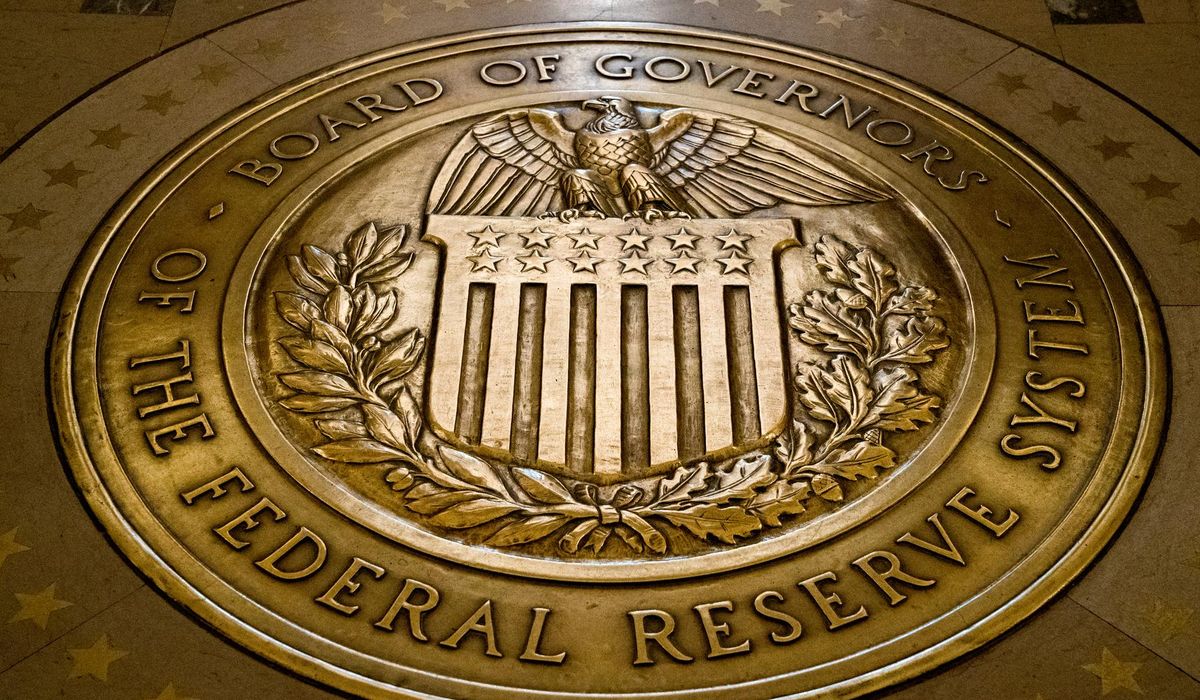


A divided Federal Reserve voted Wednesday to keep its benchmark rates unchanged, despite a dissent from two of its top officials and a torrent of criticism from President Trump.
The Federal Open Market Committee, the group that decides the cost of borrowing money, voted 9-2 to hold interest rates at a range between 4.245% and 4.5%. That means the benchmark rate for determining the rates of credit cards, mortgages and auto and bank loans will stay the same.
However, the decision met strong opposition from Fed governors Michelle Bowman and Christopher Waller, both of whom have argued that inflation is under control and the labor market could start weakening soon. It is the first time since 1993 that multiple governors cast no votes on a rate decision.
“Although swings in net exports continue to affect the data, recent indicators suggest that growth of economic activity moderated in the first half of the year,” the document holding rates steady stated. “The unemployment rate remains low, and labor market conditions remain solid. Inflation remains somewhat elevated.”
Markets had overwhelmingly expected no action on rates and there was little change on Wall Street after the Fed’s announcement.
Hours ahead of the meeting, Mr. Trump lauded the U.S. economy’s return to positive growth in the second quarter. The Commerce Department said the nation’s gross domestic product — the value of goods and services produced across the economy — rose at a seasonally and inflation-adjusted 3% annual rate in the second quarter. That exceeded the 2.3% growth that Wall Street predicted.
As the Fed was releasing its rate decision, Mr. Trump railed against Fed Chairman Jerome Powell, saying he must lower interest rates.
“We’re keeping the rates high and it’s hurting people from buying houses and we don’t want that,” Mr. Trump said. “We have a great thing going. I think we are going to have the richest economy you’ve ever seen.”
Mr. Trump said America should have the best interest rates in the world, but it has the 38th lowest, which he blamed on Mr. Powell.
“We’re number 38 because of the Fed. It’s all because of the Fed. He’s done a bad job,” Mr. Trump said of Mr. Powell.
The comments are part of an unrelenting campaign of attacks on Mr. Powell by the president. Mr. Trump has even gone so far as to give Mr. Powell a series of disparaging nicknames, including “Too Late,” to underscore the president’s frustration that the bank has been too slow to slash rates.
However, the torrent of criticism hasn’t moved Mr. Powell to take much action.
The Fed could cut rates in September, which would give the board more time to assess the impact of Mr. Trump’s sweeping tariffs.
Economists who predict a rate cut at the September meeting are forecasting a 0.25 percentage point reduction, which would take the federal funds rate down to a range of 4% to 4.25%.
Still, Mr. Trump hasn’t let up on Mr. Powell, whom he appointed as Fed chief during his first administration. The president has already floated the idea of replacing him, but probably can’t do so until Mr. Powell’s term expires in May.
To up the pressure, Mr. Trump has taken aim at the Fed chair’s handling of a building renovation at its headquarters, saying cost overruns and mismanagement could be grounds for firing Mr. Powell. Last week, Mr. Trump toured the renovation project and used the opportunity to badger Mr. Powell into reducing rates.
When asked what Mr. Powell could do to appease him with the burgeoning budget of the headquarters renovation, Mr. Trump fired back that he could lower interest rates.
In making his case for lowering rates, Mr. Trump has pointed to rate cuts this year by the European Central Bank and the Bank of England, while noting that U.S. inflation in 2025 has remained relatively low.
However, the Consumer Price Index — a key gauge for tracking inflation — in June rose to an annualized rate of 2.7%, above the Fed’s 2% annual target and a sign that tariffs could be pushing some prices higher.
• Jeff Mordock can be reached at jmordock@washingtontimes.com.
